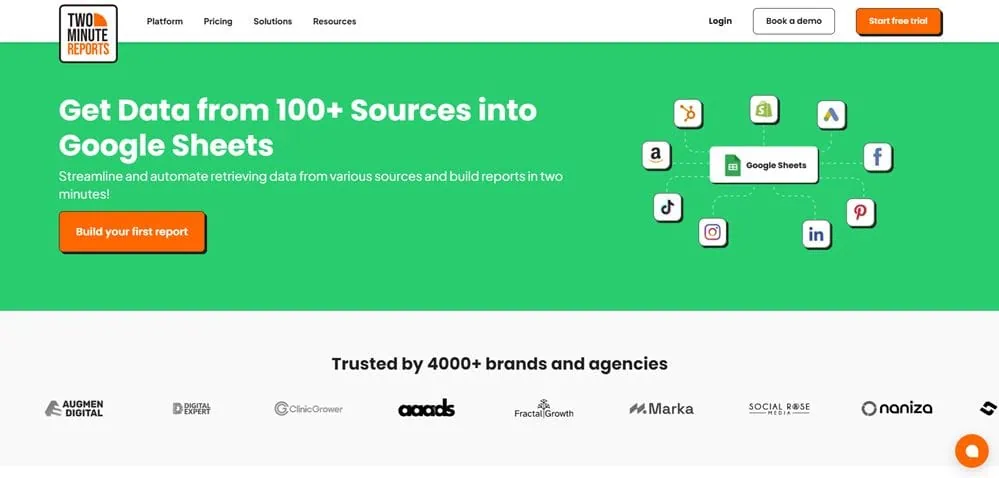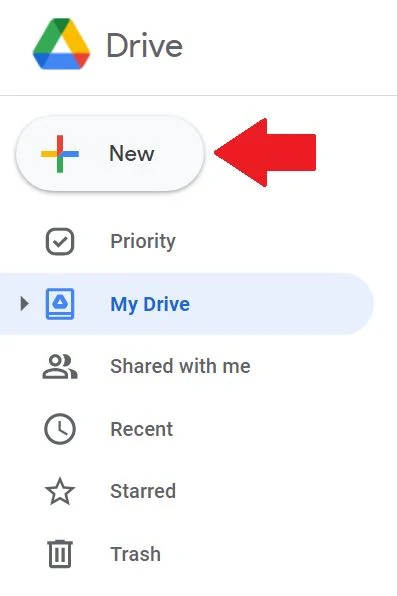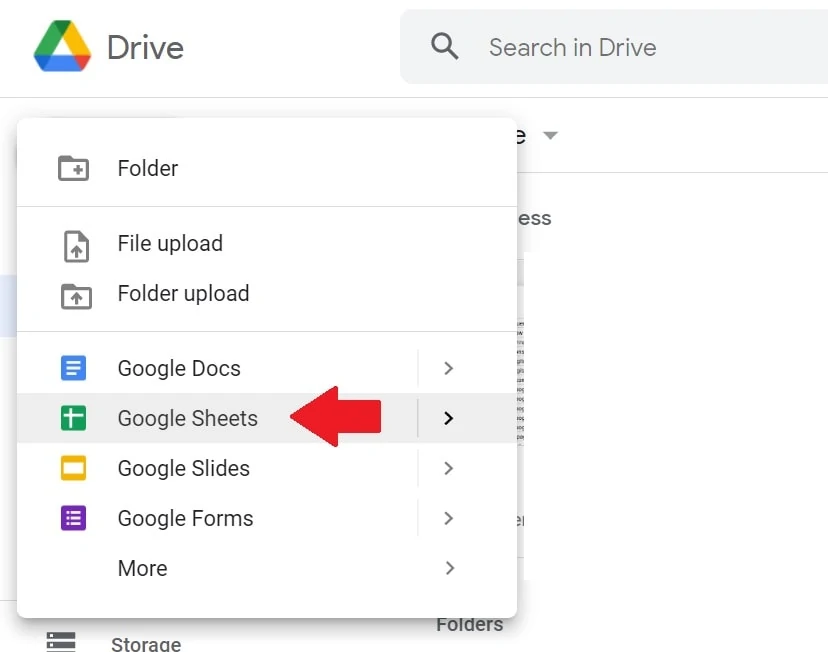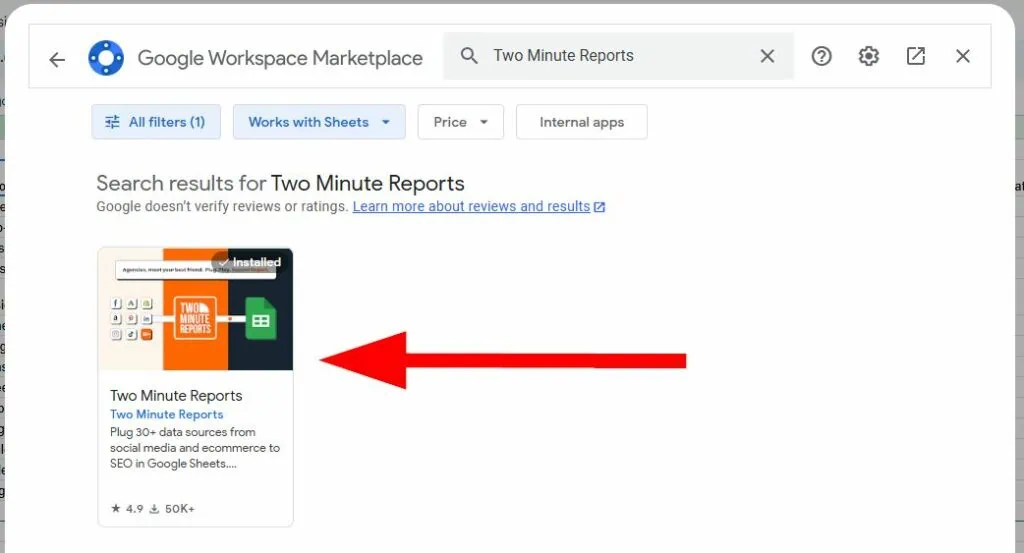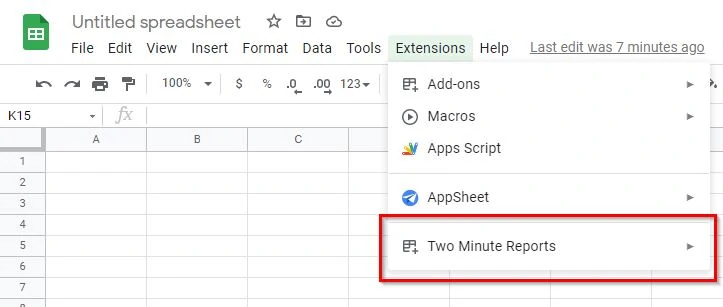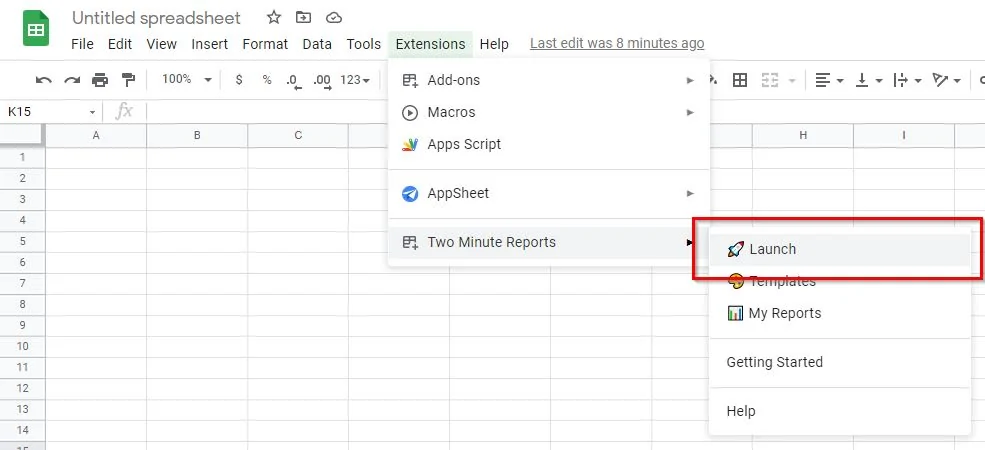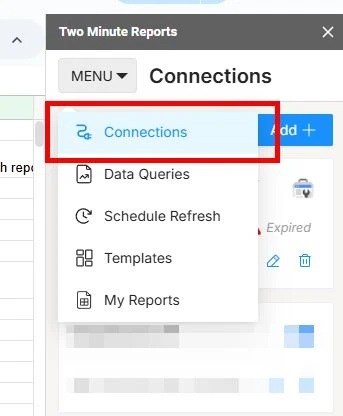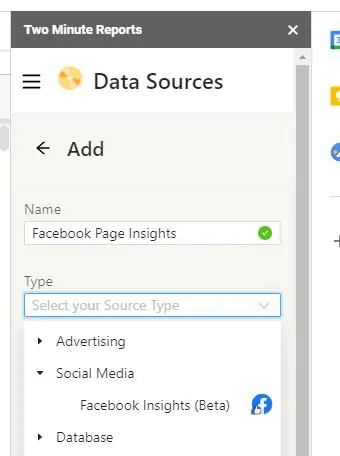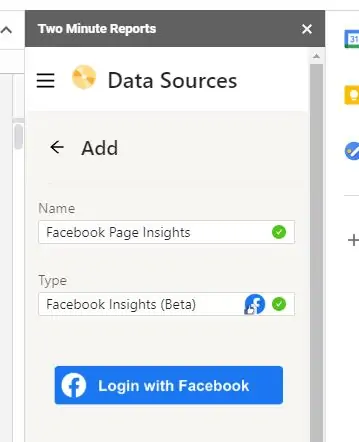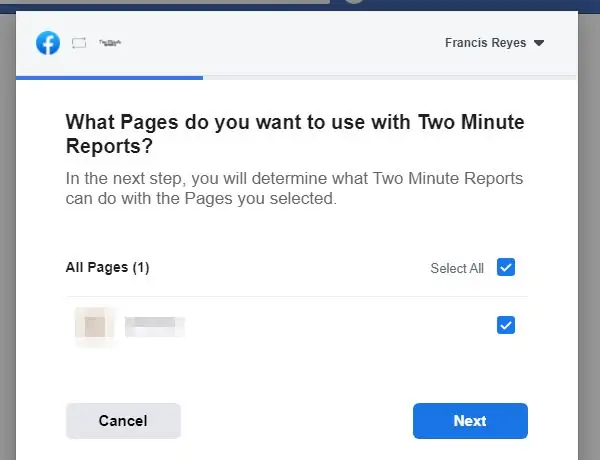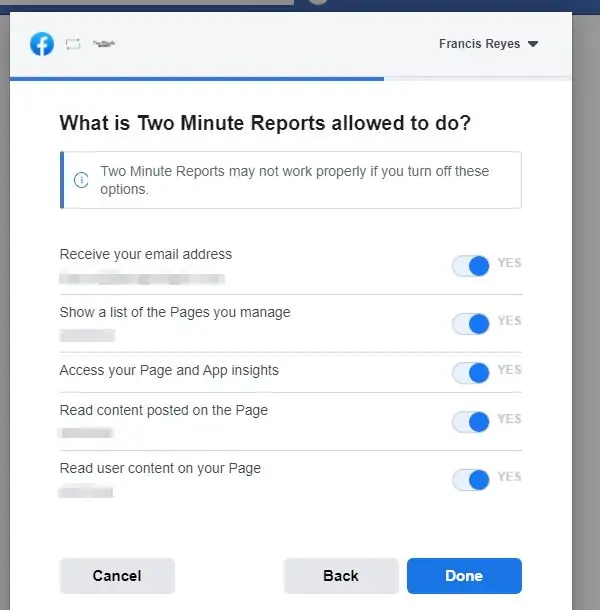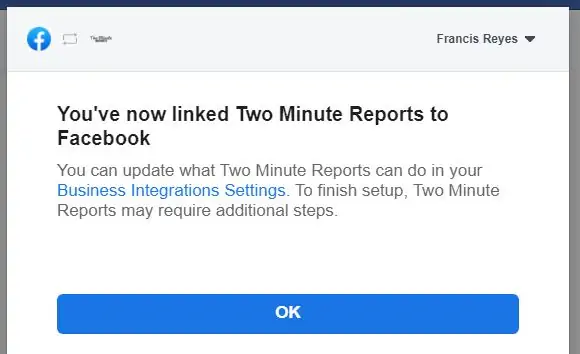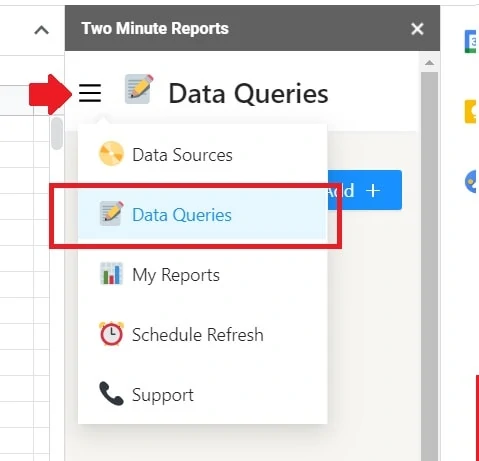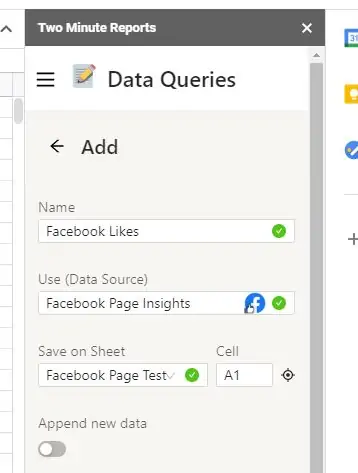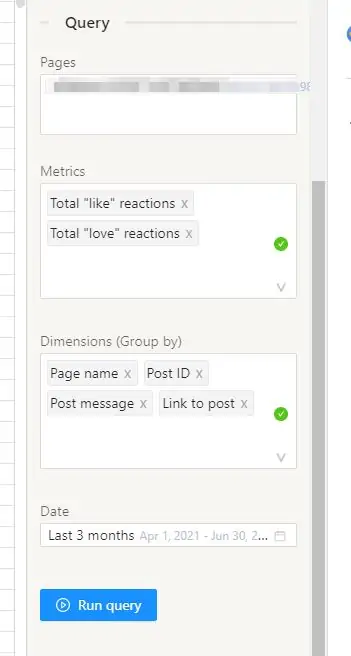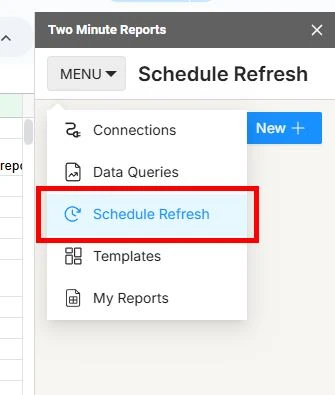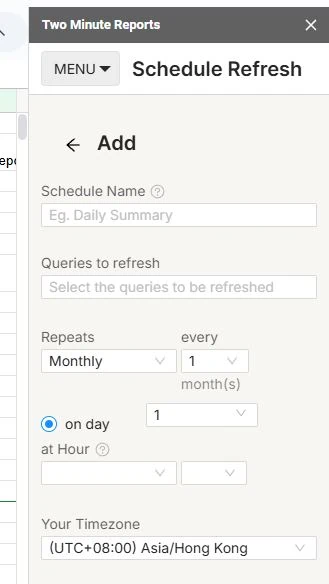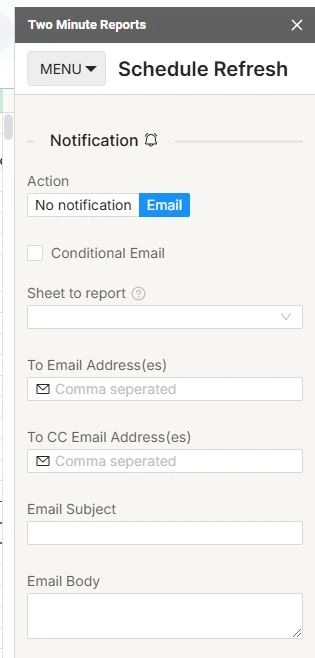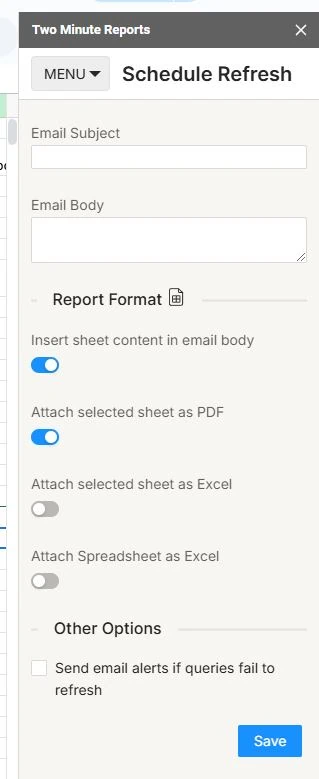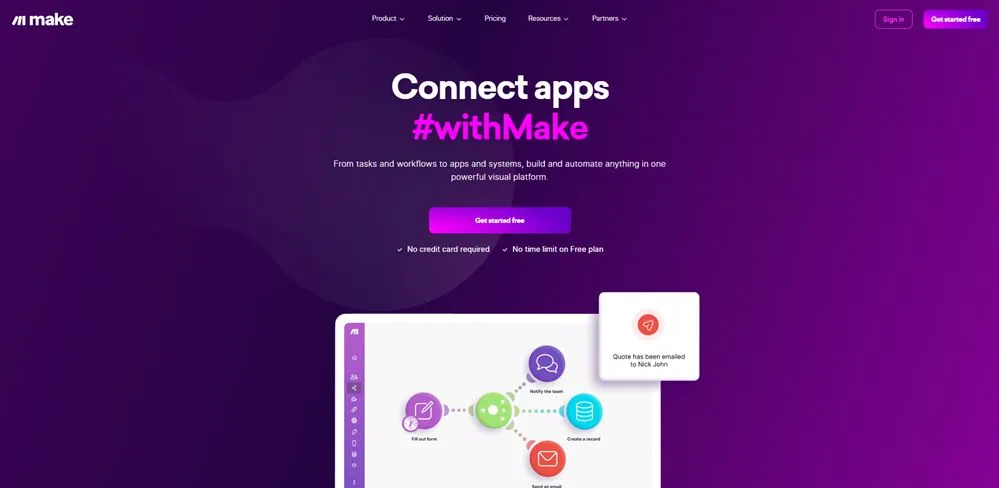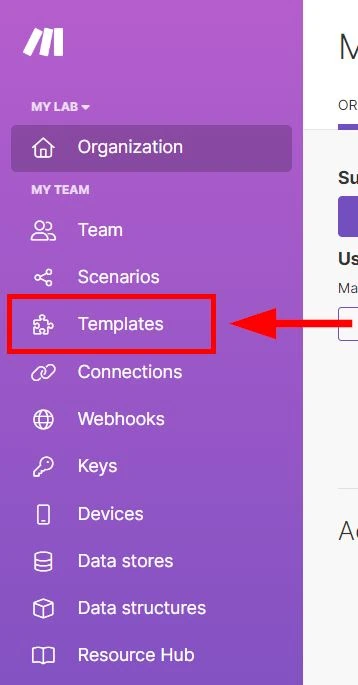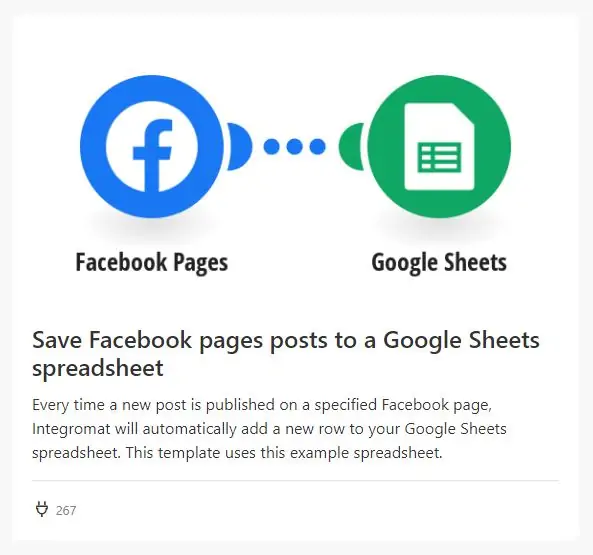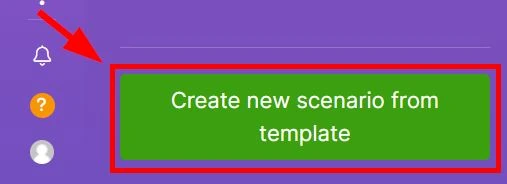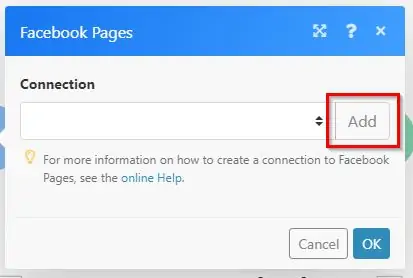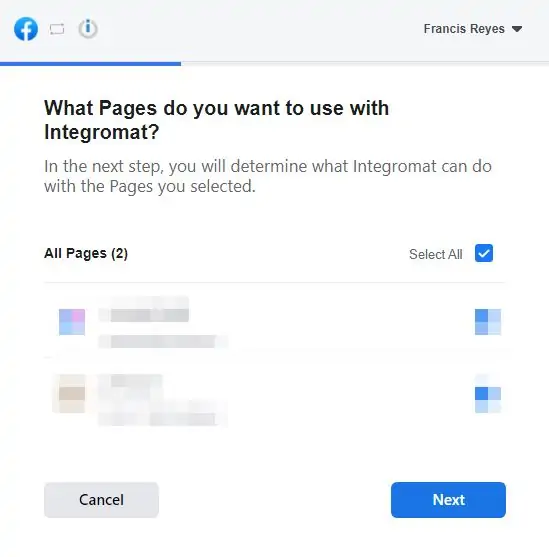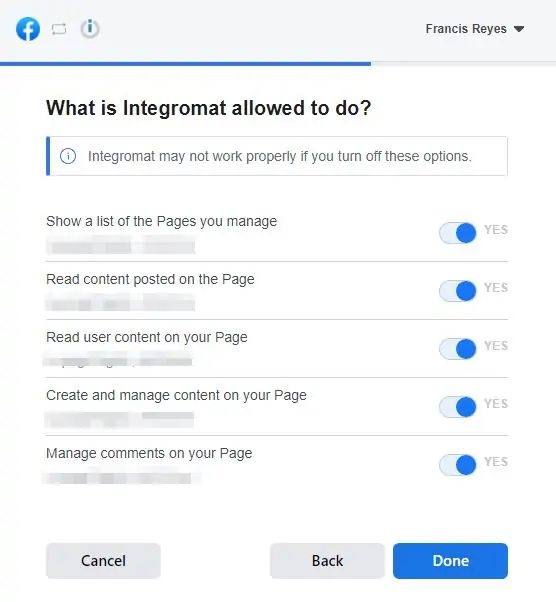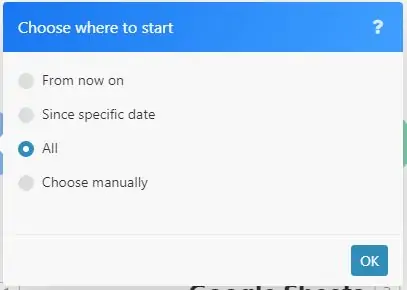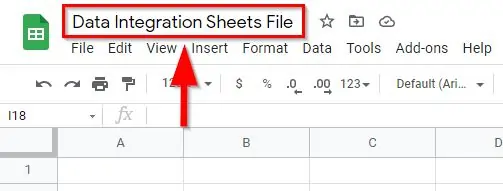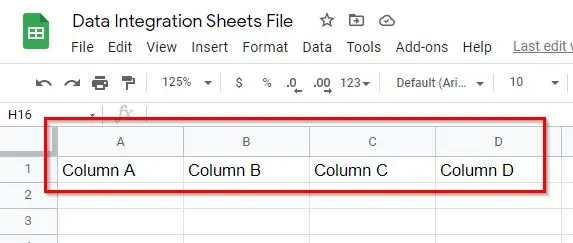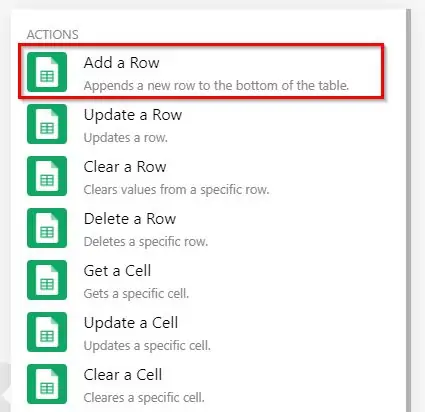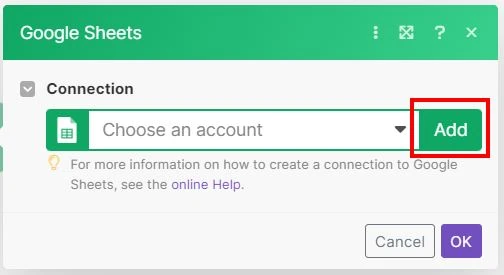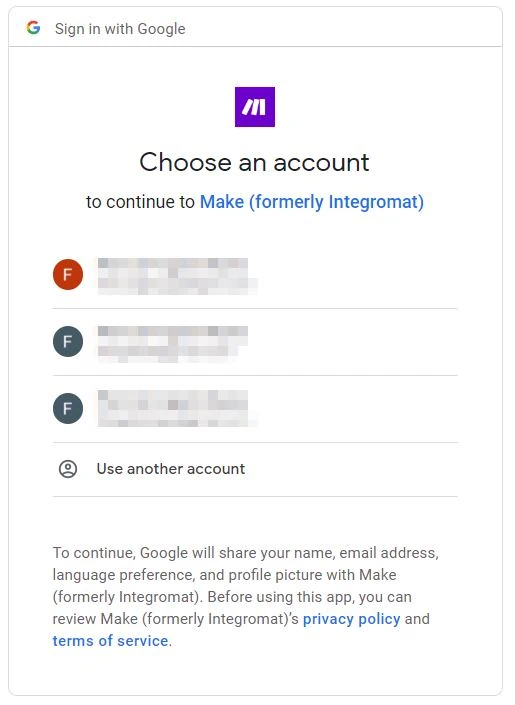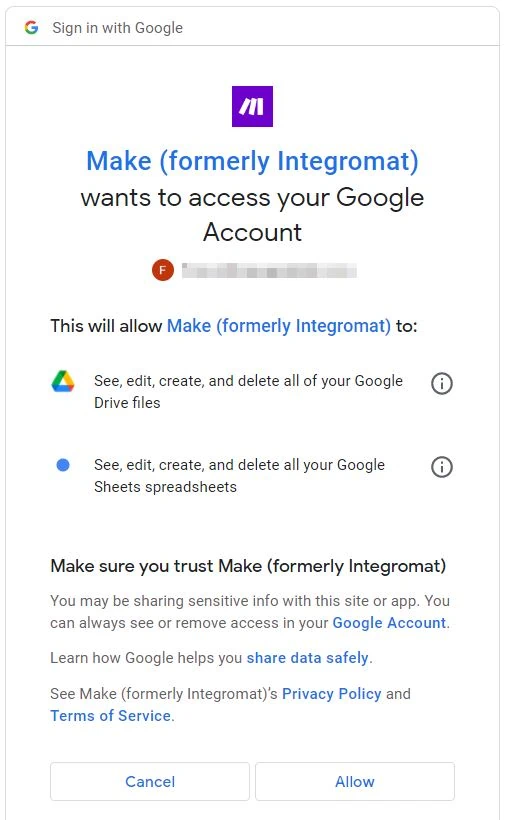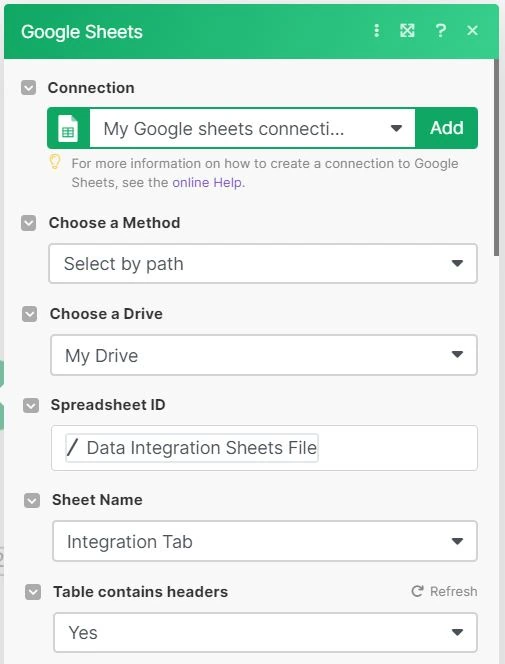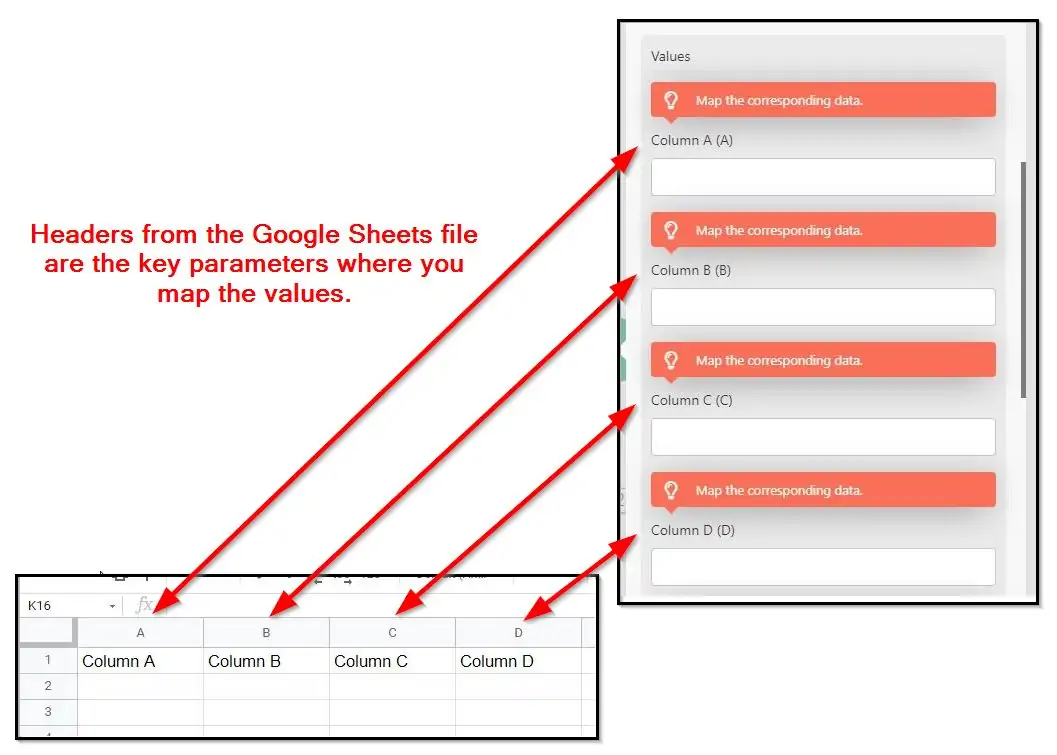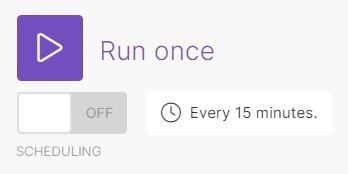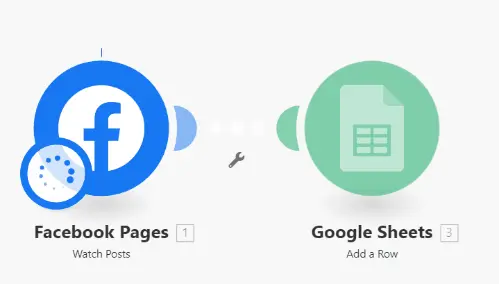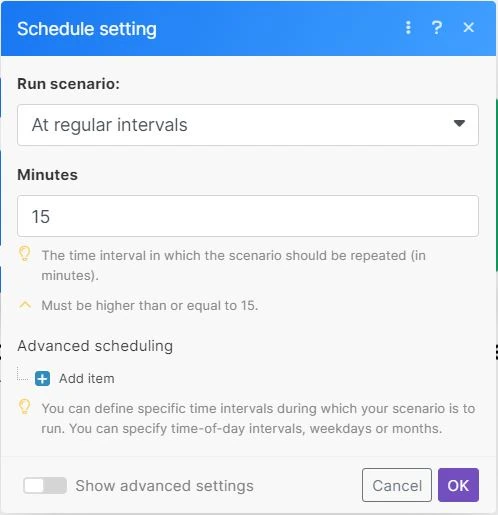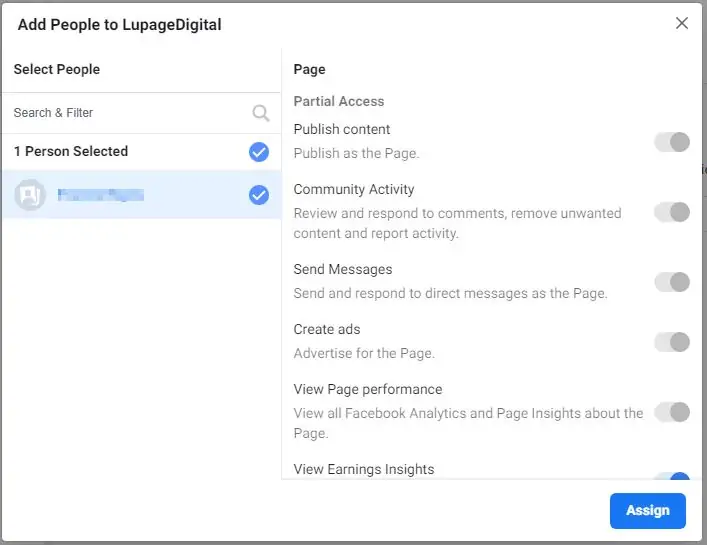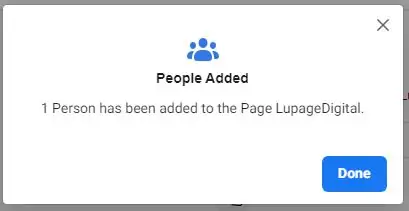“How can I check growth of Facebook likes in Google Sheets?”
– Social media specialist
“What are good tools to use for analyzing Facebook posts to gather insights?”
“How do I scrape any Facebook page posts data to Google Sheets without programming skills?”
Facebook Pages are one of the important channels to reach your audience. But the amount of data you need to track is overwhelming and manual reporting is a nightmare. You want to understand what your Facebook posts are doing and make business actions. But the interface and ecosystem are too stringent.
Google and other tools are better with reporting given their ecosystems. So this means that the integration is easier and you can start analyzing the data quickly. But Facebook doesn’t have that luxury.
You CAN import Facebook Page Insights data to Google Sheets. You copy and paste until your eyes and fingers can’t take it anymore. That’s manual reporting and it’s an unbearable nightmare. Or export endlessly to separate spreadsheets as mentioned in Facebook’s help center.
Who wants to do that?! There are better ways to automate this task and save time.
Who Benefits from this Automation?
I see two groups that might benefit from the automation to import Facebook Page data to Google Sheets. Both teams require time to constantly update email messages.
a) Social media marketers: Social media marketers are great at building communities and reaching out to audiences. But they don’t have the time to build reports. They need to dedicate hours strategizing what kind of content their audiences like.
b) Data analysts: Analysts don’t need to spend too much time drudging manual work. They need to have all the data presented without having too many hours wasted.
How To Import Facebook Page Insights To Google Sheets
This article shows two options on how to import Facebook Page data to Google Sheets. Option 1 is using a Google Sheets extension. Option 2 is using a third-party integration tool. Note that we import social metrics from Facebook Pages and not data from Facebook Ads. These metrics are likes, organic reach, content impressions, and other organic engagements.
Option 1: Google Sheets Extension
You’ll use Two Minute Reports for this example. Two Minute Reports imports data from the Facebook Page API directly to Google Sheets in minutes. Another Google Sheets extension to use is Supermetrics.
Installing The Google Sheets Extension
1 – Go to your Google Drive workspace.
2 – Click + New then create a new Google Sheets file.
4 – Search for Two Minute Reports. Then install it.
Import Facebook Page Insights Data Source
5 – Link your Facebook account to the tool. To be sure, give full access to the tool for seamless integration.
6 – Go through the login process until the tool instructs you to close the tab since the sign-in is successful.
Import Facebook Page Insights Data Query
This point in the process is importing data from the Facebook Page API to the spreadsheet.
2 – Name your data query. Then find the Facebook Page data source you imported earlier.
3 – Save on Sheet is the location of the sheet where the data is imported to. Add A1 under Cell.
4 – Under Query, select the Facebook Page you want to get data from. *See further down this blog post to learn how to give permissions on Facebook.
5 – Select the Metrics you want to import. In this example, we use Total “like reactions and Total “love” reactions.
6 – Select the Dimensions you want to import. In this example, we use Page name, Post ID, Post message, and Link to post.
7 – Select the date range with whatever you need. In this example, we use the last 3 months.
8 – Click on Run query.
Viola! You imported your Facebook Page Insights data to Google Sheets hassle-free. You can create reporting templates from here depending on your business needs.

In this example, we imported and reported organic posts from Facebook Pages. The number of organic likes, organic reach, and the number of overall organic social engagements are now within reach. You can adjust the parameters depending on your use cases. Two Minute Reports is more than enough to help you make business decisions.
Schedule Facebook Page Insights Reports
Two Minute Reports has a scheduling function. This means the spreadsheet refreshes the acquired data from the API. Reports are automated even more.
3 – Once inside, you can set the terms of the report schedule.
-Name
-Repeats: This is where you set how often the data refresh happens. Two Minute Reports can do hourly refreshes.
-Timezone
4 – You can also set the notification terms. Two Minute Reports can email you a PDF or Excel of the data. You can also decide to have the email contain the sheet content in the email body.
5 – Click on Save.
Scheduling helps when you need to report on overtime. No more copy and paste manual reports every day, or every week, or every month.
Option 2: Third-Party Integration Tool
You’ll use Make for this option. Make is a powerful integration platform that allows you to visualize, design, and automate your work in minutes. In other words, it lets apps talk to each other so that you can remove repetitive tasks.
Create a Make account and get started.
Getting Started
Setting Up Facebook Pages Connection
First is setting up the Facebook Pages connection. This allows the tool to acquire data from Facebook.
1 – Under Connection click on Add.
2 – Under Connection name, name the connection. The name is arbitrary so it’s up to you. But I suggest writing a descriptive name for later use.
3 – Click on Continue. A pop-up window appears.
4 – Inside the pop-up window, select the Facebook Page account you want to get data from. Or select All Pages.
5 – Link your Facebook account to the tool. To be sure, give full access to the tool for seamless integration.
6 – Click on Done.
Back in Integromat is where you enter the data information from Facebook.
7 – Under Page, select the Facebook page or Facebook company you like to get data from. Note that yours is different so you need to know which one.
8 – Under Limit, select 10 for now. You can change this setting later.
Ignore any advanced settings for now if any.
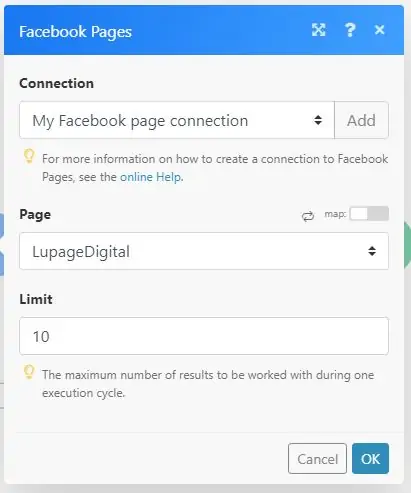
9 – Click on OK.
Done! At this point, you’re finished with the Facebook Page connection side. The tool prompts you if there are missing values in the fields.
Setting Up Google Sheets Connection
Next is setting up the Google Sheets connection. But first, you need to go to Google Drive and create a new Google Sheets file.
1 – Go to your Google Drive workspace.
2 – Click on + New then create a new Google Sheets file.
3 – Name the Google Sheets file. The name is arbitrary so it’s up to you. But I suggest writing a descriptive name for later use.
4 – Name the tab or sheet on the bottom. The name is arbitrary so it’s up to you. But I suggest writing a descriptive name for later use.
5 – Name the headers. It’s helpful to map out the correct data point in the integration process later.
Column A
Column B
Column C
Column D
The first steps are done! Go back to Make.
1 – Press right-click. Click on + Add a module. Or you can double-click then click on the HUGE circle with a PLUS SYMBOL.
3 – Under Connection, click on Add or Create a connection.
4 – Name the connection. The name is arbitrary so it’s up to you. But I suggest writing a descriptive name for later use.
5 – Click on Continue or Sign-In. A pop-up window appears.
7 – Click on Allow. Make asks permission to access your Google account. This is standard procedure. The window closes after clicking it.
Back in Make you add the additional parameters.
8 – Under Choose a Method, choose Select by path.
9 – Under Choose a Drive, select My Drive. The spreadsheet you created earlier is likely located here.
10 – Under Spreadsheet ID, select the Google Sheets file you created earlier. Find the name you gave it.
11 – Under Sheet Name, select the Google Sheets tab from earlier. Find the name you gave it.
12 – Under Table contains headers, select Yes.
After which, the Values are created.
13 – Under Values is where it gets tricky. The headings from the Google Sheets file are the parameters where you decide the values. Once you click on the field, you’re presented with different parameters. Don’t be overwhelmed. Read the context of the parameters to know which one is mapped to which.
Under (A), select Created time.
Under (B), select Message.
Under (C), select Permalink URL.
Under (D), select Picture.
The parameters that appear here are from the connection you added earlier. Other parameters are also available. Make sure to add an extra column and name it on the Google Sheets spreadsheet so on and so forth.
14 – Click on Ok. Now it’s time to run and process the integration.
A spinning wheel and a Log on the bottom right appear. Wait for the integration to finish. How long the integration takes depends on the Maximum number of results you select. It’s finished when a) green checkmarks appear, and when b) The scenario run was completed appears in the Log.
Go to your Google Sheets file and you now see the organic posts successfully exported from Facebook. Viola! Congratulations you imported Facebook posts to Google Sheets with complete information! You may also add other parameters or fields if you need them.
Schedule Automation and Reports
Make can schedule the automation based on cycles. The schedule is up to you.
2 – Under Run scenario, select the schedule you need. What you select on this parameter dictates the next ones.
If you select At regular intervals, you need to select the minutes that Make processes the automation.
If you select Once, you need to select the date.
If you select Every day, you need to select the time.
If you select Days of the week or Days of the week, you need to select the days.
3 – Click on Ok. Ignore any advanced settings for now.
Viola! Congratulations you’re automating Facebook Page reporting in Google Sheets!
How to Add User Permissions on Facebook Pages
1 – Go to your Facebook Business Settings. Go to Accounts > Pages. Click ‘Add People’
2 – Enter the user or email address that needs access to the data. It’s most likely yours. To be sure, give full access to have seamless user integration.
4 – Once assigned, that person will have access and can now import Facebook Pages to Google Sheets.
More articles on automation:
Import Facebook Page Insights to Google Sheets
Import LinkedIn Page post data to Google Sheets
Import LinkedIn Ads API data to Google Sheets
Import Search Console Data to Google Sheets
Import WooCommerce data to Google Sheets
Import Facebook Ads data to Google Sheets
Import Google Ads data to Google Sheets
Import Mailchimp data To Google Sheets
Import Shopify data to Google Sheets
Import TikTok ads to Google Sheets
Import GA4 data to Google Sheets
Import ChatGPT to Google Sheets
Import JSON to Google Sheets
Export Gmail to Google Sheets
Conclusion: Connect Facebook Posts Data To Google Sheets
This is one of the many extensions to connect Facebook posts data in Google Sheets. These are the methods that integrate third-party tools. These software cost money but the benefits outweigh more. Avoid import and export hell. Stop wasting time on repetitive tasks and start taking action.

